The next contest band for HFTA analysis is 21MHz. The GB2GP antennas are either 3 elements on the 100ft tower or 4 elements on either the 80 or 60ft towers.
0 Comments
GB2GP has three towers at 60, 80 and 100ft. For 28MHz we currently have a 3 element yagi at 100ft, a 5 element yagi at 80ft, which could be moved to the 60ft tower if needed. There is no easy way to move the big yagi to 100ft. |
AuthorA few notes on recent radio activity by Steve, M0BPQ. Archives
December 2020
Categories
All
|
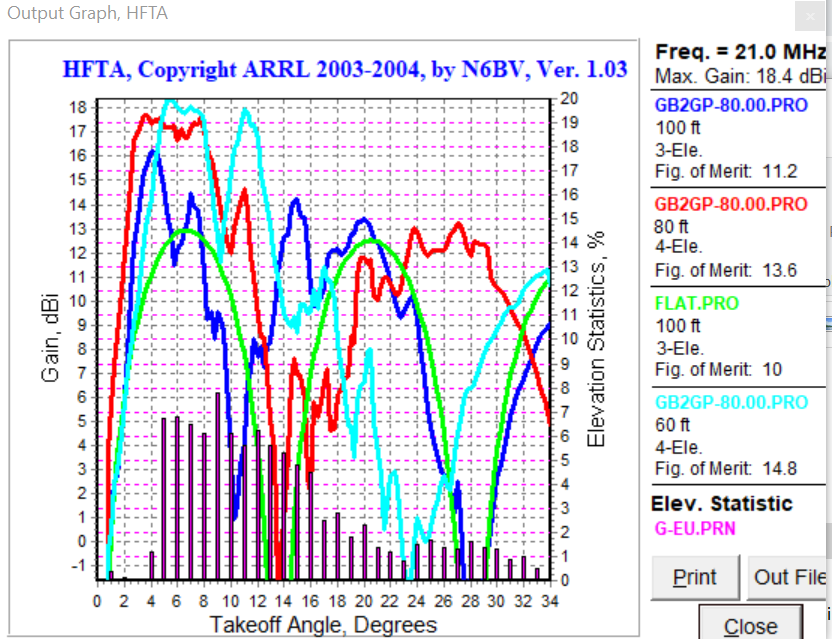

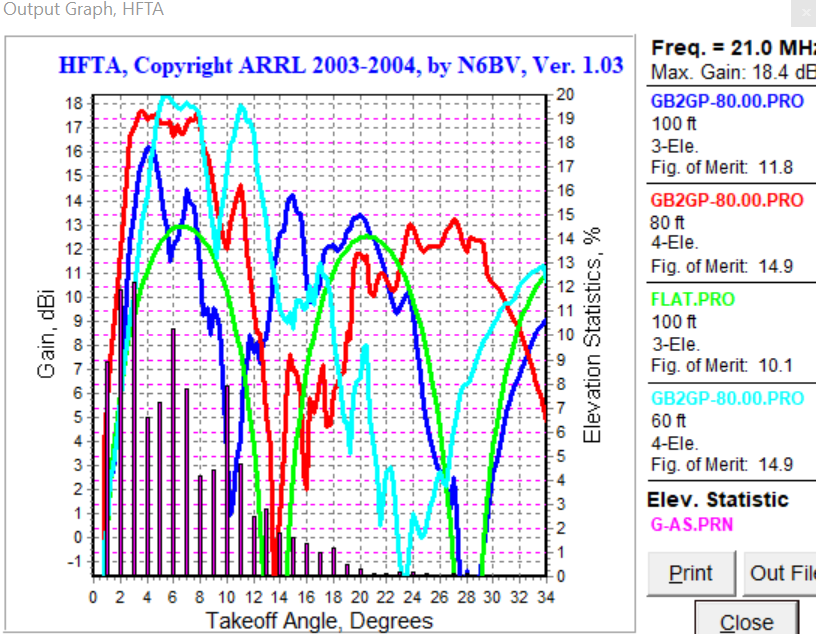
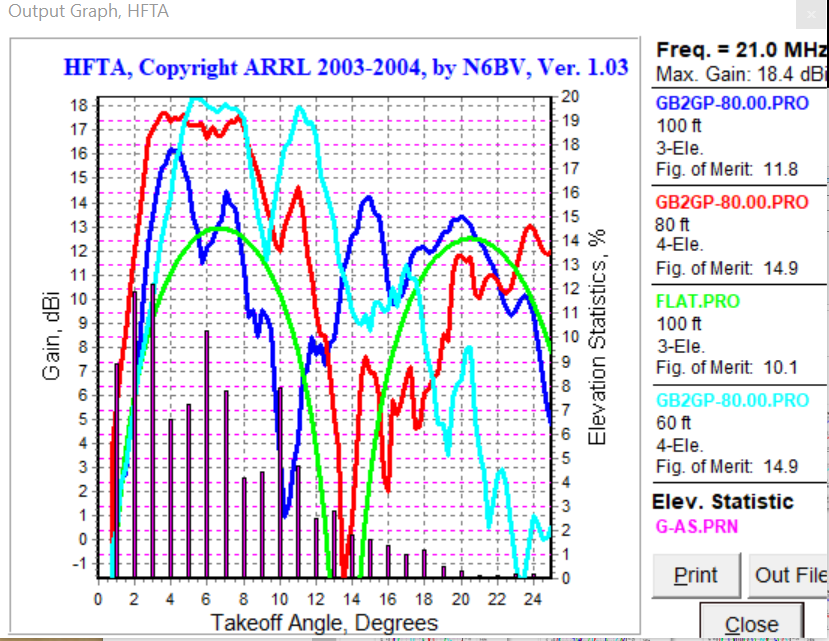
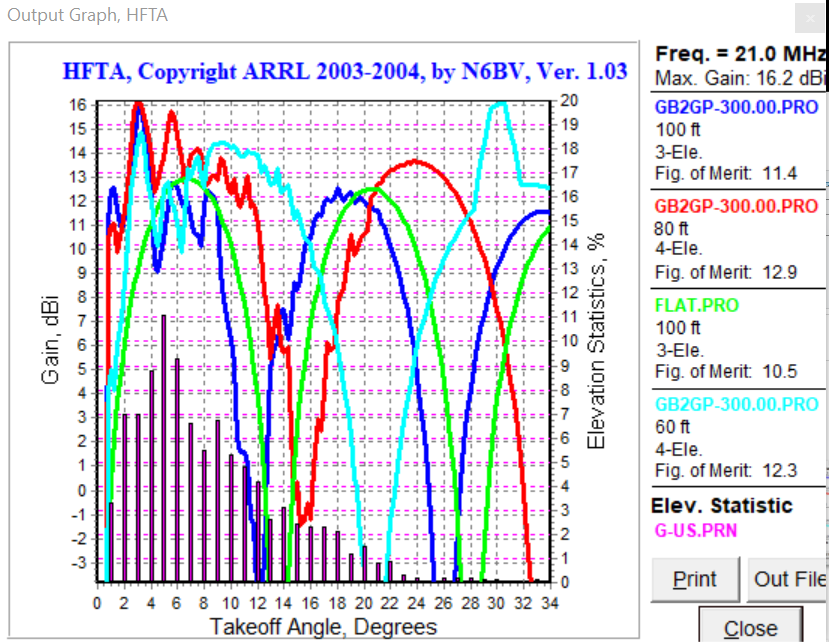
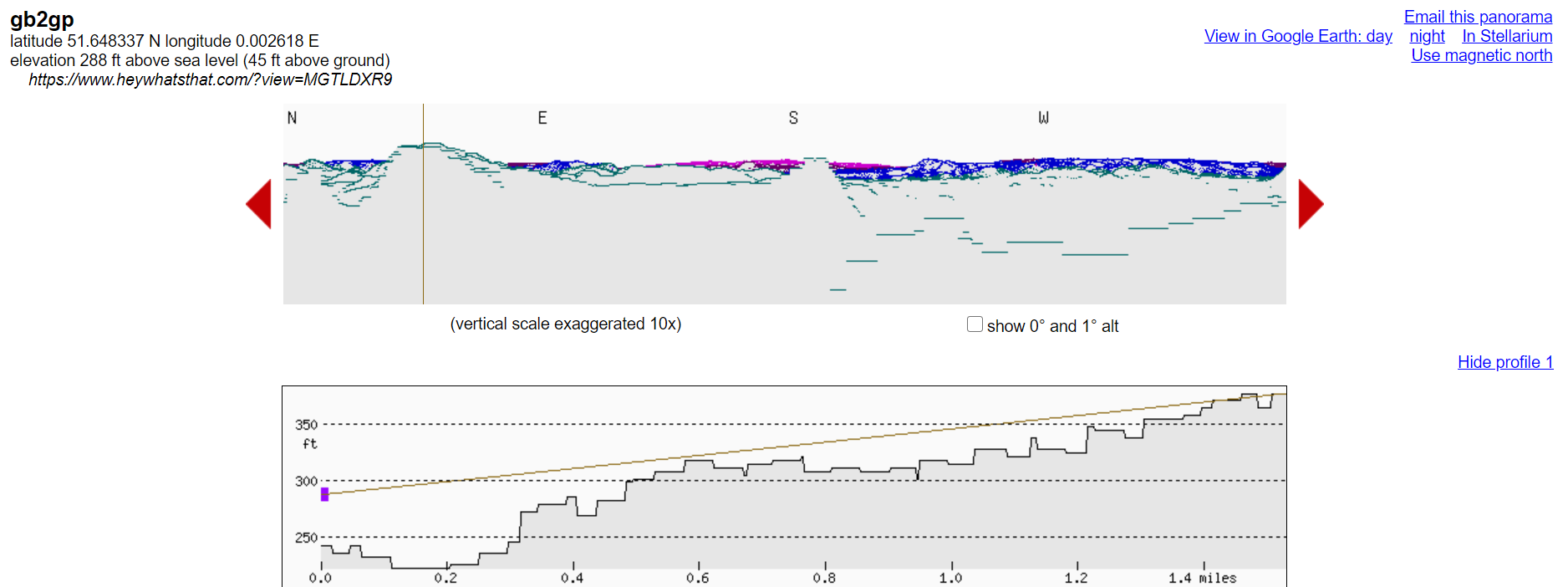
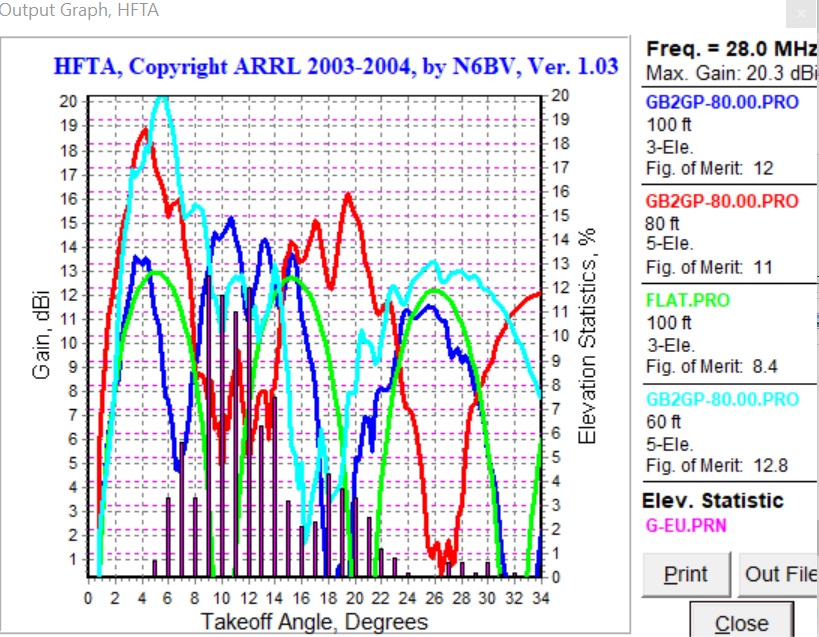


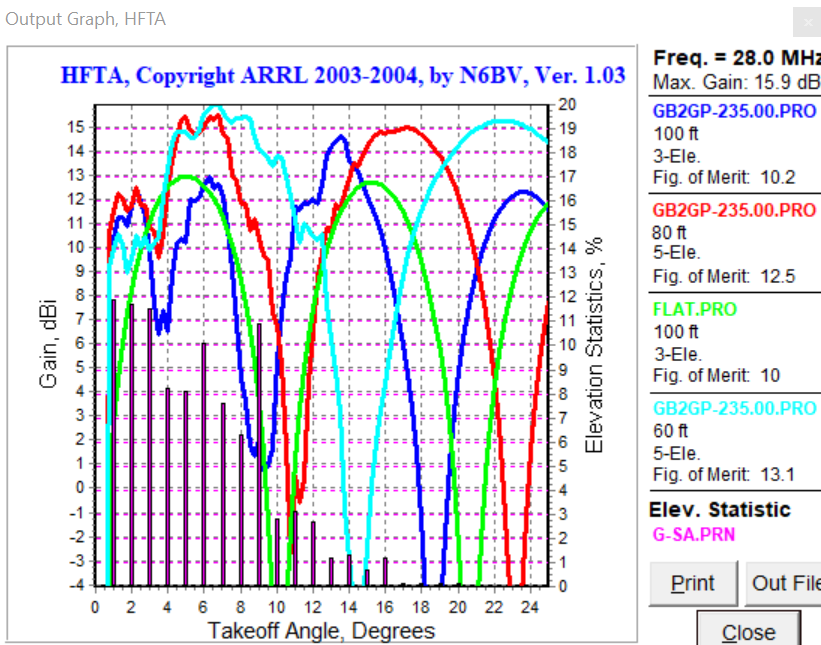
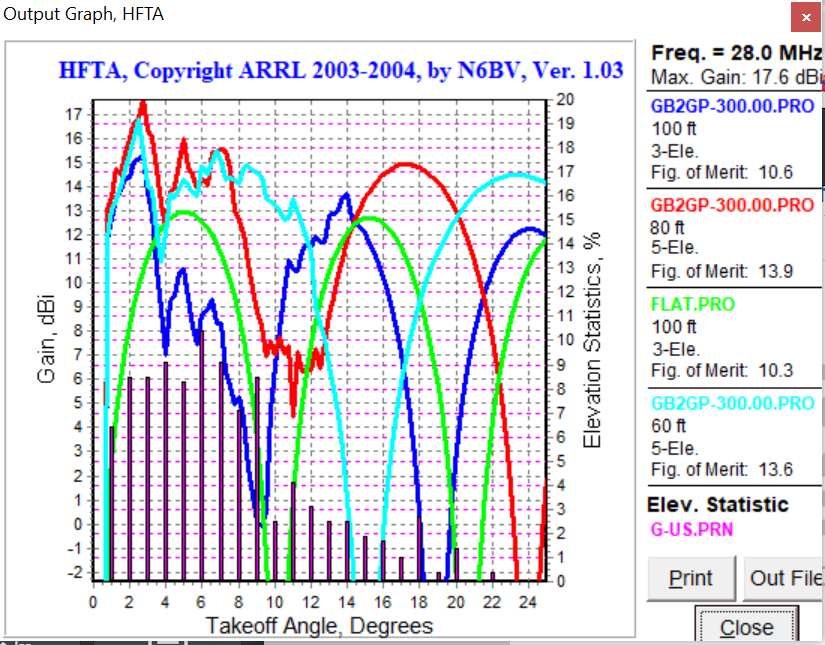

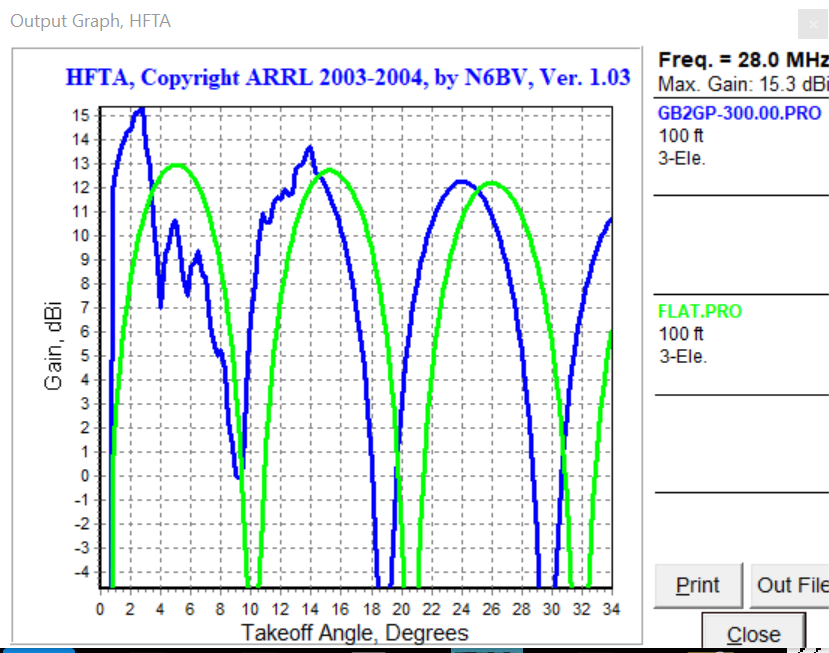
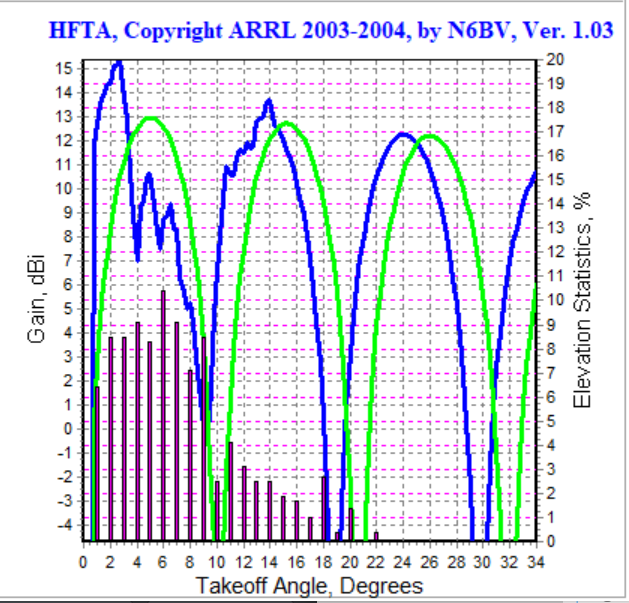
 RSS Feed
RSS Feed
